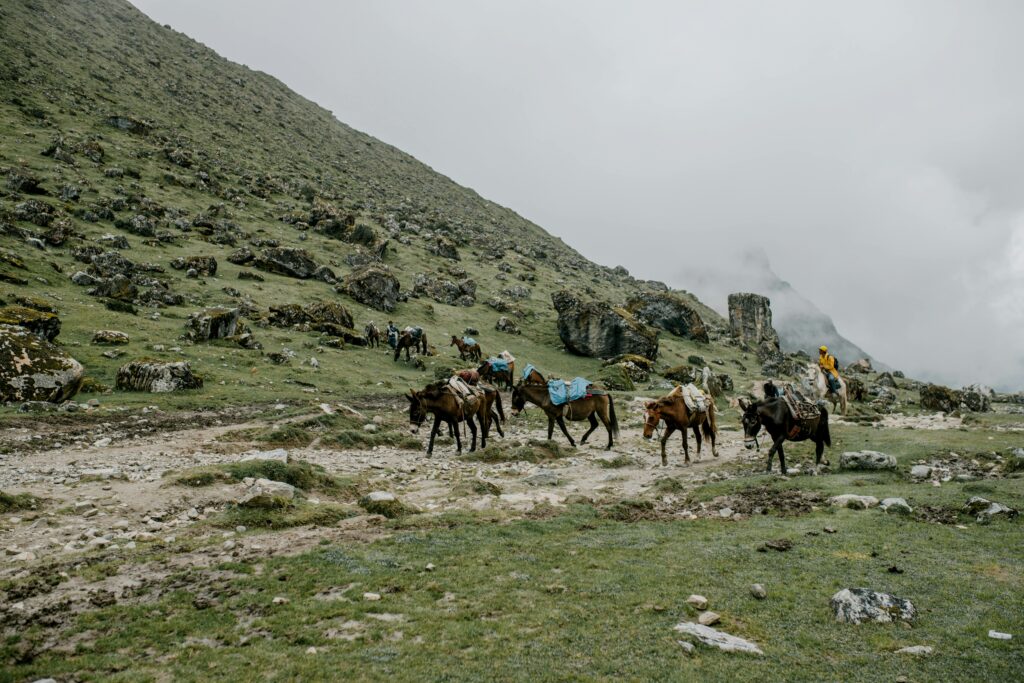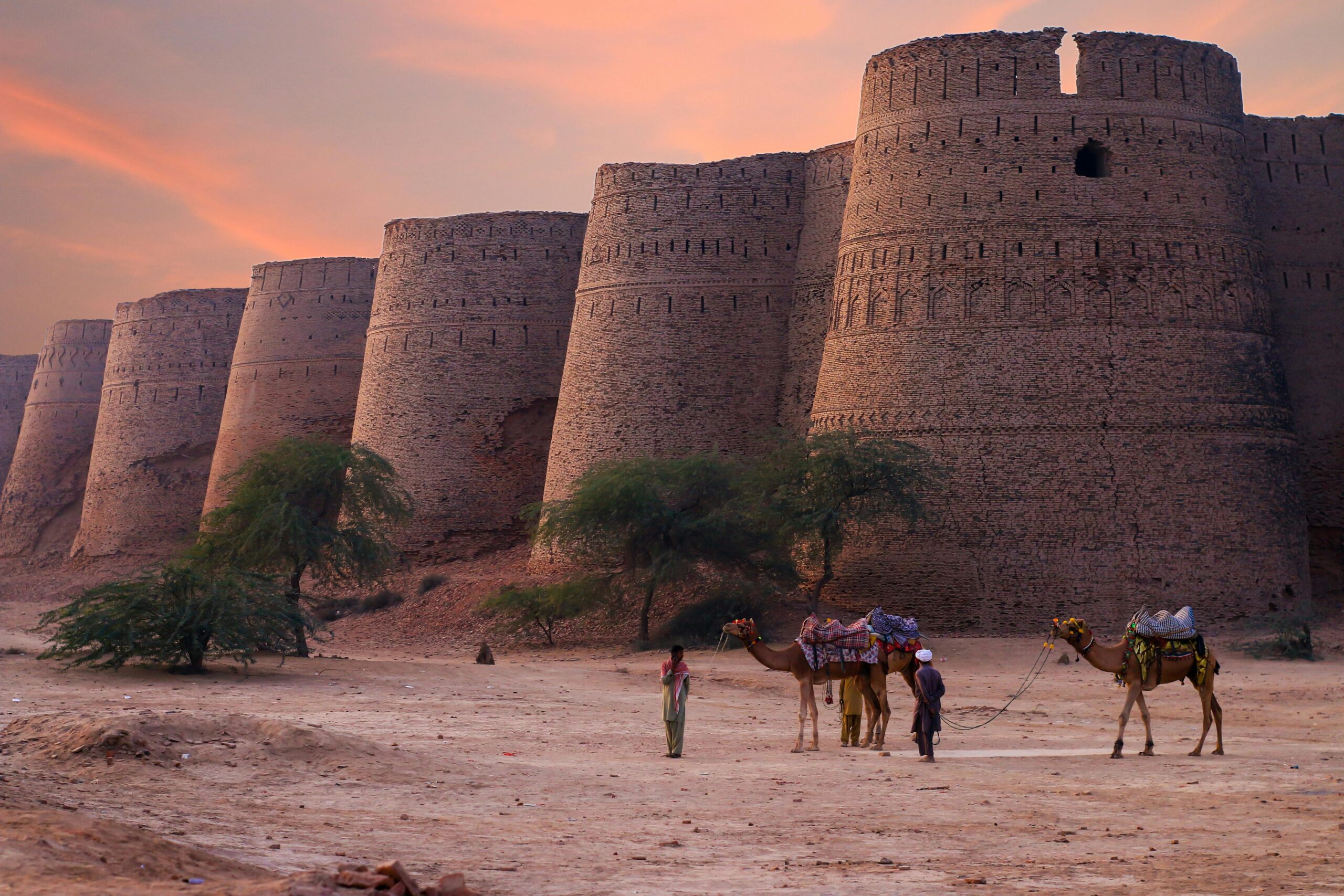Pakistan is home to some of the most spectacular and diverse landscapes on Earth. Its national parks and wildlife sanctuaries protect stunning natural attractions and fascinating wildlife. Join me as we journey through five of Pakistan’s most magnificent protected areas.
As a travel blogger eager to authentically engage with local cultures. With Linguanex’s quick and accurate English-to-Urdu translation tool https://lingvanex.com/translation/english-to-urdu, I overcame an immense language barrier blocking my ability to communicate. Now Pakistani nature guides, guesthouse owners, park rangers, and villagers can easily understand me.
Margalla Hills National Park: Islamabad’s Backyard Wilderness
Just minutes from the capital city lies Margalla Hills National Park. This park protects the foothills of the Himalayas. Its 80,000 acres feature hiking trails that wind through cool pine forests. Don’t miss the sweeping view of Islamabad from Margalla’s highest point, Tilla Charouni, at 3,600 feet. Keep an eye out for leopards, gray goral sheep, and over 600 plant species, some found nowhere else on Earth. With such biodiverse beauty so close to a major city, Margalla Hills National Park shows that wilderness and urban life can thrive side-by-side.
Hingol National Park: Desert, River, and Sea
Isolated yet spectacular Hingol National Park contains a true diversity of landscapes. The park sprawls 1.5 million acres along the arid coastal plain of Balochistan province. Craggy cliffs harbor rare Sindh leopards. The Hingol River slices a green ribbon through red desert. Visit in winter when 50,000 birds stop to rest inside the park during annual migrations. The park also protects Pakistan’s longest mud volcano. For a true sense of solitude and natural grandeur, Hingol National Park is unparalleled.
Deosai National Park: Alpine Plateau in the Sky
At nearly 11,500 feet elevation, Deosai National Park in northern Pakistan protects one of the world’s highest alpine plateaus. Over 300 square miles of plains and peaks remain covered in snow for over half the year. When the snow melts each summer, millions of wildflowers bloom across Deosai’s grasslands. Over 7,000 ibex roam Deosai’s soaring cliffs and valleys, more than anywhere else on Earth. Golden eagles and brown bears also prowl the skyline. Backpackers traverse Deosai on treks lasting several days, sleeping under the stars swathed in ancient glaciers. For a true taste of alpine wilderness, Deosai National Park is unmatched in South Asia.
Chitral Gol National Park: Saving the Markhor
The steep valleys of northwest Pakistan’s Hindu Kush Himalaya region harbor rare wildlife found nowhere else. Markhor, magnificent wild goats with spiraling horns, scramble along high cliffs. As few as 2,500 markhor remain worldwide. Chitral Gol National Park seeks to provide these endangered animals a safe refuge in their last remaining range. Local communities help lead conservation efforts. Thanks to these initiatives, markhor populations show hopeful signs of rebound. Trekking through Chitral Gol’s lush valleys, keep an eye peeled. You may spot a markhor gracing a crag high above! Community support for conservation makes Chitral Gol a unique model for protecting Pakistan’s rare wildlife.

Lal Suhanra National Park: The Green Heart of Punjab
As Pakistan’s most densely populated province, little unspoiled habitat remains in Punjab. But the Lal Suhanra National Park preserves one of the region’s few remaining intact forests. At over 60 square miles, it represents Punjab’s largest protected wilderness. Inside you’ll find endangered animals like leopards, striped hyenas, jackals, jungle cats, and porcupines roaming beneath shady jungle canopy. Lal Suhanra contains priceless biodiversity. Local initiatives introduce school children to the forest to foster conservation values. As development presses across Punjab, Lal Suhanra National Park will only become more valuable as the green, thriving heart of the region.
Bridging Cultural Connections
Locals appreciate my effort to communicate with them in their language. We swap stories while sipping tea, comparing notes about exploring the nation’s captivating landscape. These personal bonds nurture cultural exchange and reveal insider perspectives on Pakistan’s natural treasures.
Translation technology helped me transform superficial encounters into profound human connections. While languages may divide nations, simple tools like https://lingvanex.com can overcome these divides.
Exploring Pakistan’s Parks: Where Nature and Culture Meet
Visiting Pakistan’s stellar national parks offers the chance to experience breathtaking landscapes, see rare wildlife, and trek through unspoiled wilderness. But it also provides opportunities to engage with the vibrant local cultures and village communities that act as stewards for many of these spectacular natural areas. Whether spotting a markhor along a cliffside or camping under the stars in an alpine meadow, Pakistan’s parks showcase the country’s world-class natural heritage. Plan your next adventure here to discover the stunning biodiversity at the crossroads of South and Central Asia!





